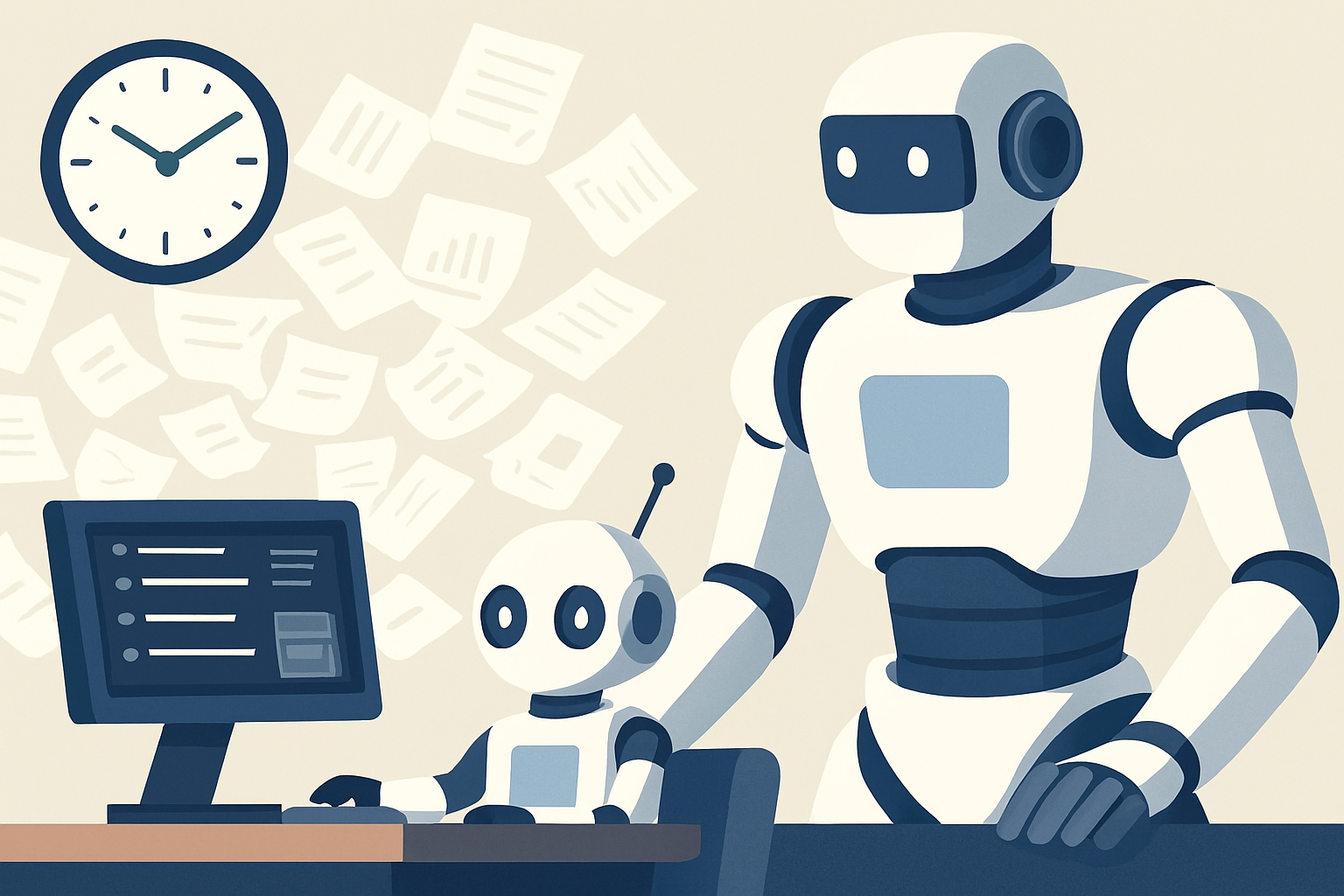In an essay for The Economist published in 1955, Captain C. Northcote Parkinson wrote of his observations about the nature of work in both the British Navy and Civil Service. He coined the phrase:
“work expands so as to fill the time available for its completion”
He observed this during WW2 that when the amount of time available was reduced, with more of his back-office staff were drawn away to the front, the amount of work output stayed the same (less work was required per output). On the flip side, after the war, he saw consistent increases in the number of employees in the British Colonial Office even though the Empire (and the number of colonies) was in decline.
I have observed Parkinson’s Law myself as a manager of IT services, so I know it can be a real thing in any type of business (not just public service). Managers, just like public officials will “make work for each other” and their employees.
So will AI be subject to this law of work ? Will generative AI technologies be tasked with ever more work to do regardless of the value ?

The Risk – AI Busywork !
My answer is yes … We’re seeing it happen already. We are being encouraged by software companies to “do more with less” but in practice we just “do more” … with their software. I recently heard from a sales representative of a large software company say that everyone in a corporate position will be producing twenty percent more content than what is done today. Their vision of the future was to displace graphic designers or central teams that create advertising or digital content. Instead any project manger could create and be ready to disseminate marketing content on social media in just a few clicks.
What was running through my head as a experienced IT manager was: Would I really want to add marketing to my job description ? Who added that workload ? Which is why I thought of Parkinson’s Law… Is more work is being created because AI makes it possible ?
And you may already be thinking of more examples: teachers using AI to check whether students used AI, AI summarising emails or long reports (which became longer because AI “helped”), or content churned out automatically and left for people to sift through. In effect, AI may add a new layer of busywork rather than reduce friction.
A recent survey found that 77% of workers reported that AI tools have reduced their productivity and increased their workload, largely because they now spend more time reviewing AI-generated content, correcting it, or learning the tools. Business Insider
Even the development of advanced AI systems like ChatGPT-5 demonstrates the pattern. Because these models are so powerful, researchers are already building other AI systems to oversee and govern them, ensuring alignment with human values and safety. In other words, the very act of creating AI generates the need for more AI — a supervisory layer of models checking the outputs of other models. OpenAI
Parkinson’s Law will dictate that managers push to have AI “do more” simply to justify the investment or to protect the budget line. Once the tool is in place, the expectation shifts: if we bought it, we must use it — more reports, more content, more automation. Meanwhile, external reporting from Futurism has claimed that OpenAI is losing money serving their top tier “Pro” customers due to the costs (compute, support, infrastructure) exceeding the $200 per month charge.
The Opportunity: Breaking Parkinson’s Law with AI
- Go ahead ! Experiment, discover and learn. We need to master the use of AI and learn how and why its a good fit for our work. That will only come with some hands on trial and error.. but that learning curve will pay off in the long run.
- Prune your processes Trying to automate some work means first knowing exactly what that work involves – step by step… So take the opportunity to take a good look and eliminate steps if possible. Maybe a customer self-service option could work. Maybe improving data entry validation upfront reduces error rates down the line. Look for efficiencies first then automate what’s left.
- Find the Best Intelligence for a task Decide what tasks AI should handle and what is better for a human. For example AI helped me with some research for this article, but I asked a human for their interest based on my first draft of an introduction.
- Keep a human in the loop Somewhere in your process, make sure there is a human looking at the work of AI – and evaluating how good a job it is doing. You need to evaluate with the same metrics you would for humans. For example – just because an AI can do email marketing so cheaply is of no value if it never generates any actual sales leads. Spam filters use AI now too…
- Be prepared to pivot back with personal touches Uplift your employees with AI, don’t replace them. Keeping good employees that know your business and can modify your processes when AI fails will improve your companies resilience and growth.
